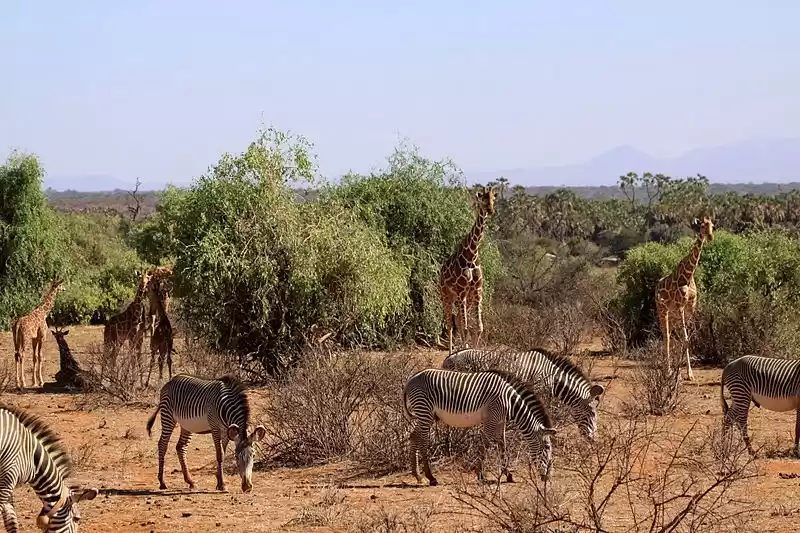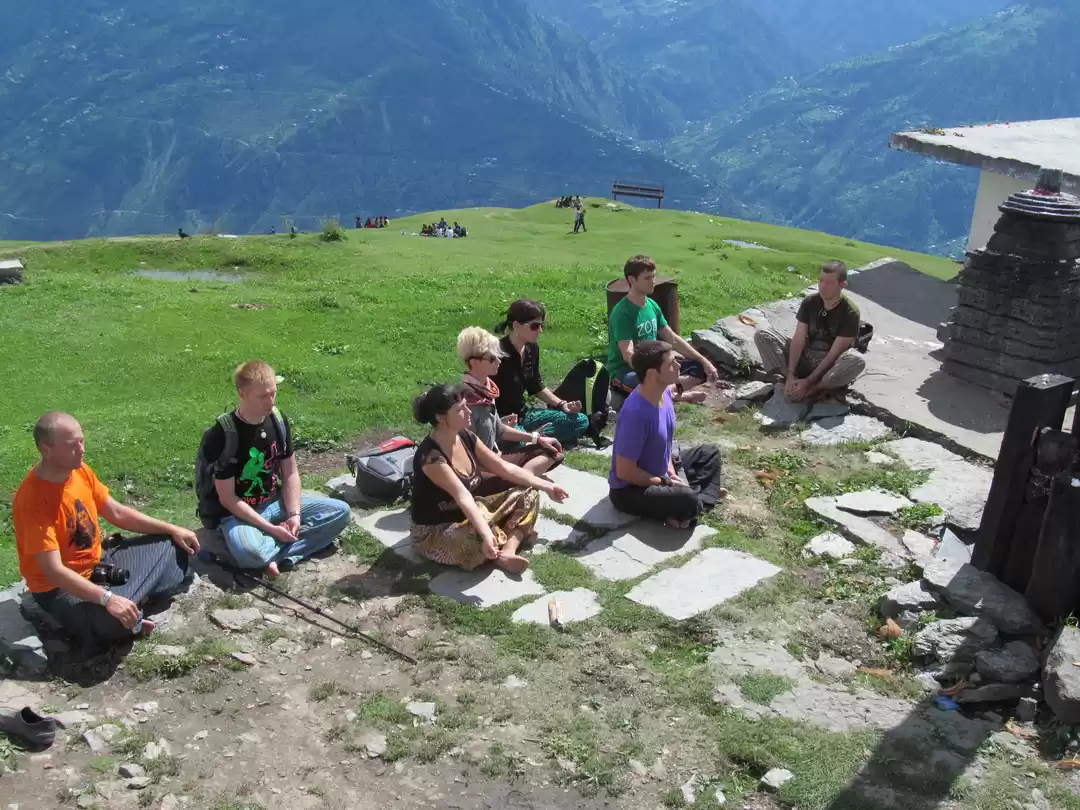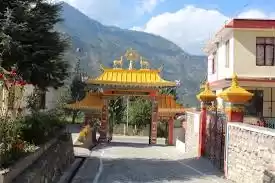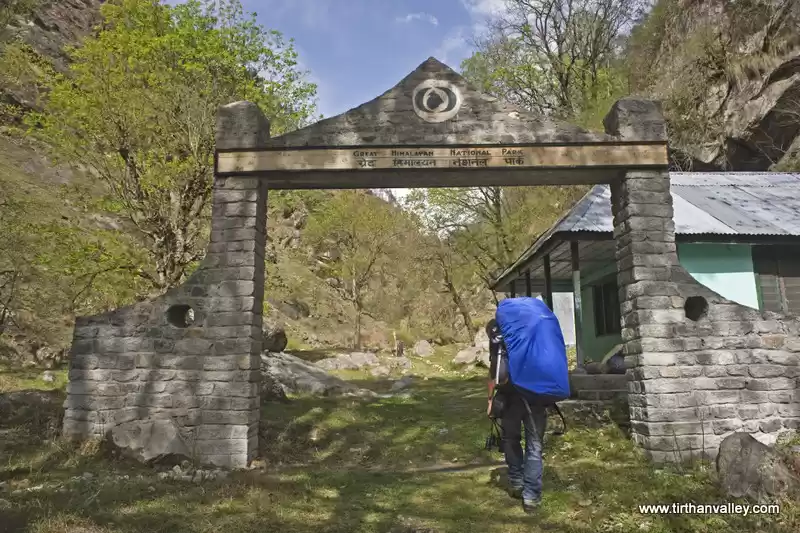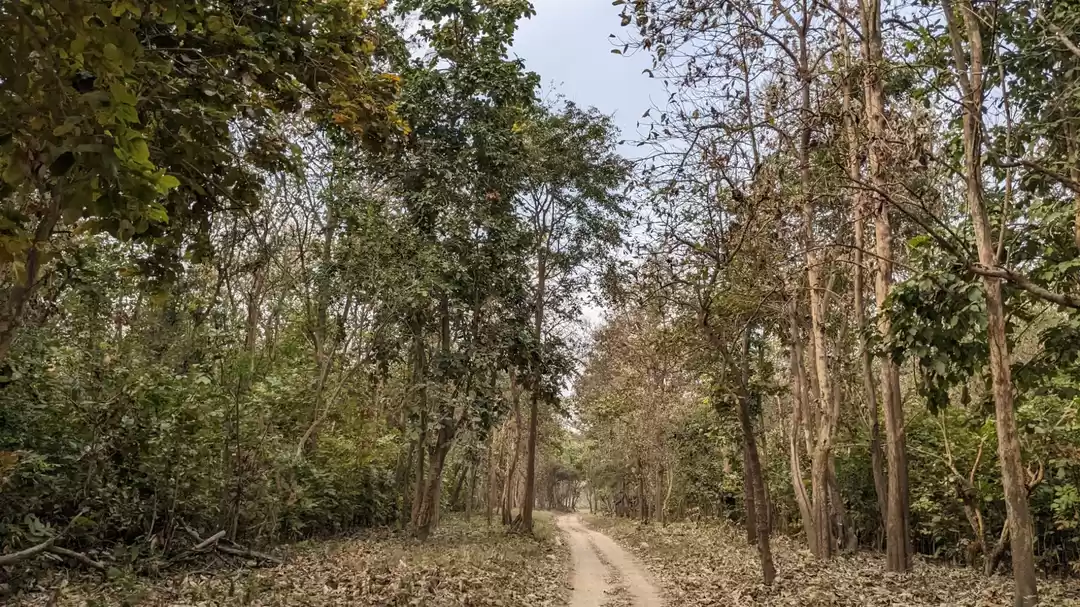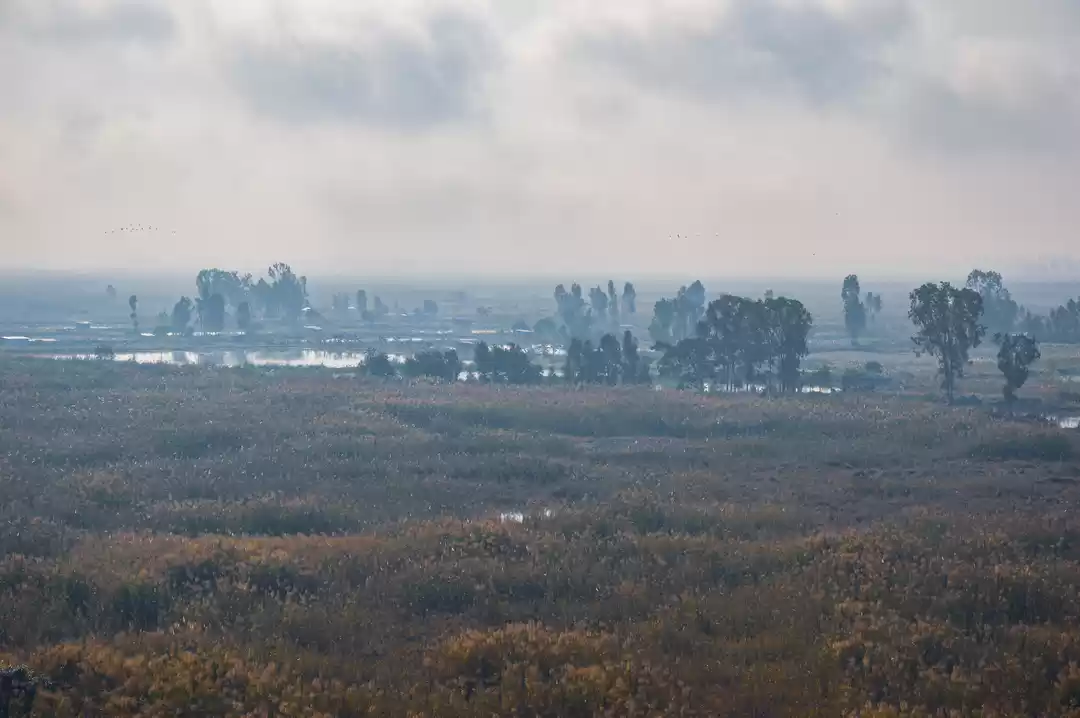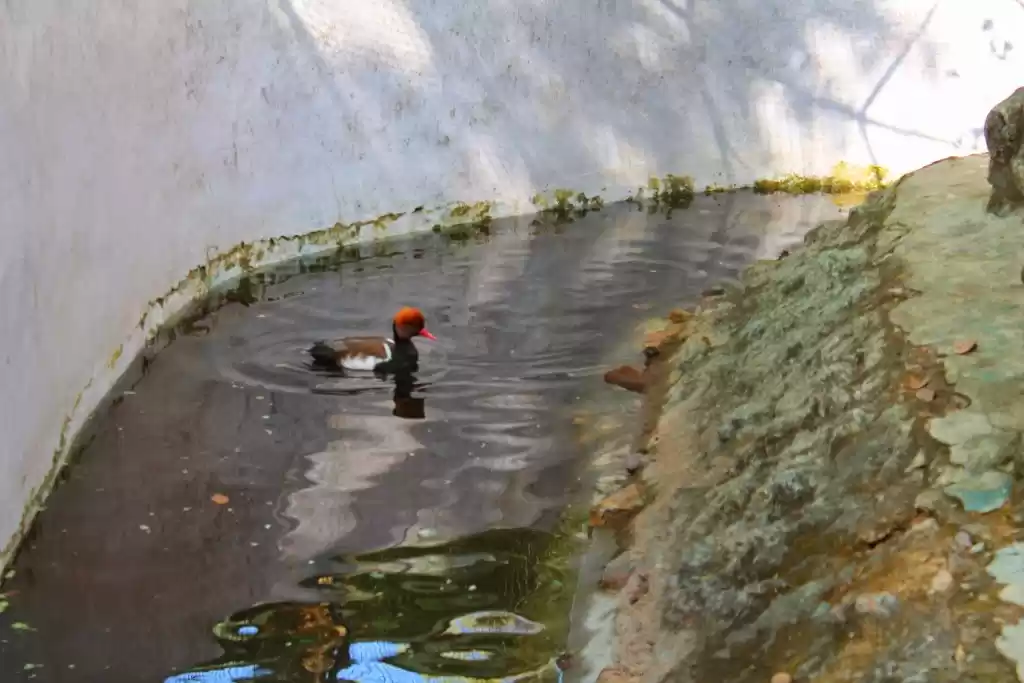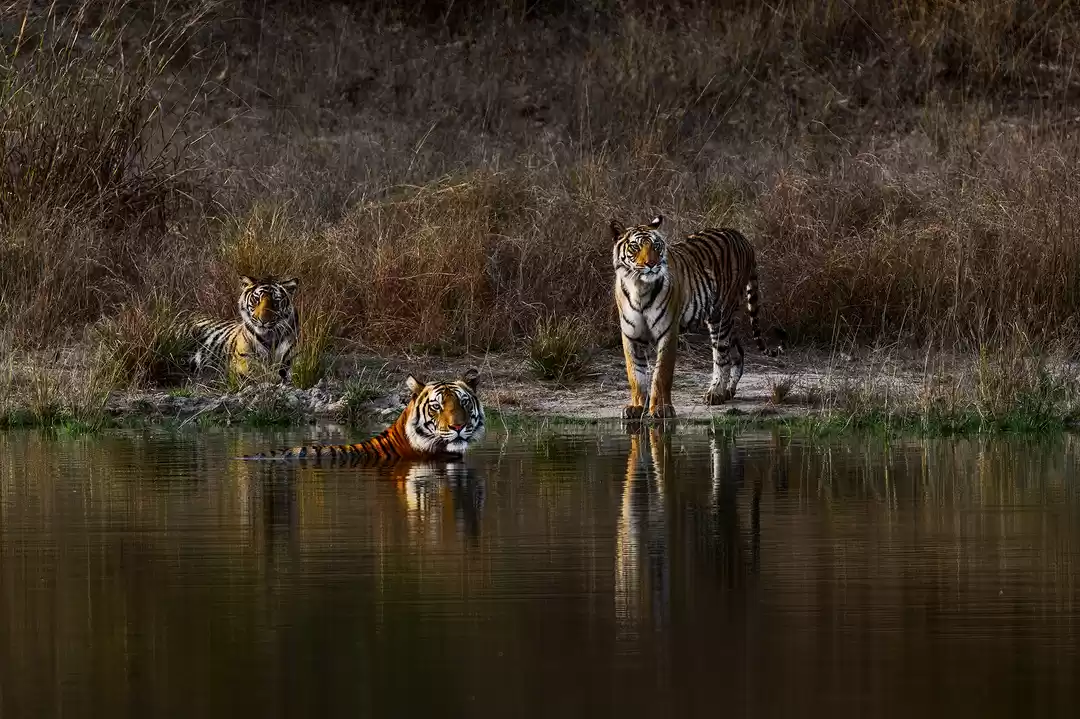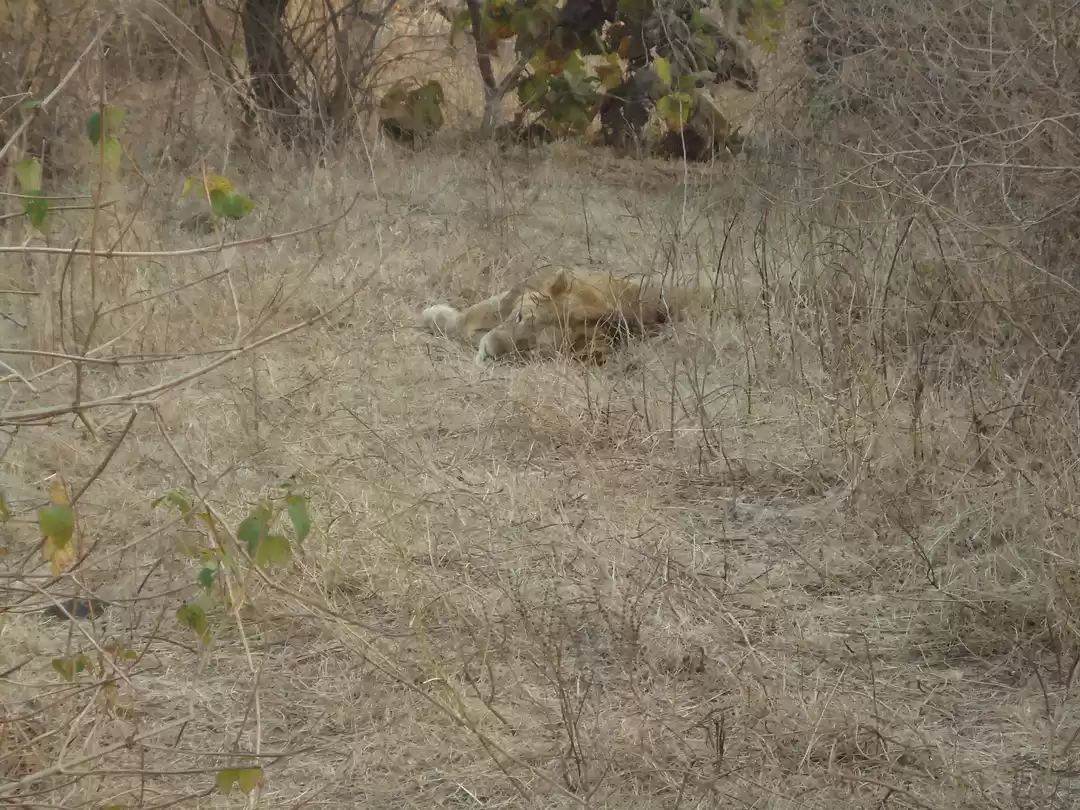Are you looking for a destination that offers you an escape from the hustle and bustle of city life and a chance to witness the beauty and diversity of nature? If yes, then you should definitely consider visiting the Great Himalayan National Park, a UNESCO World Heritage Site in Manali, Himachal Pradesh, India.
The Great Himalayan National Park, also known as GHNP, is one of the most spectacular and pristine natural areas in the world. It covers an area of 754 square kilometers and ranges from an altitude of 1,500 meters to 6,000 meters. It is home to more than 375 species of fauna and 1,000 species of flora, including many endemic and endangered ones. It is also a paradise for trekkers, wildlife enthusiasts, birdwatchers, campers, photographers, and nature lovers.
In this article, we will provide you with a comprehensive guide to visiting the Great Himalayan National Park and exploring its various aspects. We will cover topics such as how to reach the park, best time to visit the park, things to do in the park, places to stay near the park, entry fee and permit for visiting the park, and major attractions of the park. By the end of this article, you will have all the information you need to plan your trip to the park and experience its wonders for yourself.
How to Reach the Great Himalayan National Park
The Great Himalayan National Park is located in the Kullu district of Himachal Pradesh, India. The nearest town to the park is Manali, which is about 60 kilometers away. You can reach Manali by various modes of transport from different cities in India. Here are some of the options:

By Air:
The nearest airport to Manali is Bhuntar Airport, which is about 50 kilometers away. You can take a flight from Delhi or Chandigarh to Bhuntar and then hire a taxi or a bus to Manali. The flight duration from Delhi to Bhuntar is about 1 hour and 15 minutes, while from Chandigarh it is about 45 minutes. The flight cost varies from Rs. 3,000 to Rs. 10,000 depending on the season and availability.
By Rail:
The nearest railway station to Manali is Joginder Nagar Railway Station, which is about 165 kilometers away. You can take a train from Delhi or Chandigarh to Joginder Nagar and then hire a taxi or a bus to Manali. The train duration from Delhi to Joginder Nagar is about 12 hours, while from Chandigarh it is about 7 hours. The train cost varies from Rs. 500 to Rs. 2,000 depending on the class and availability.
By Road:
You can also reach Manali by road from various cities in India such as Delhi, Chandigarh, Shimla, Amritsar, etc. You can either drive your own vehicle or take a bus or a taxi. The road distance from Delhi to Manali is about 550 kilometers, while from Chandigarh it is about 300 kilometers. The road duration from Delhi to Manali is about 12 hours, while from Chandigarh it is about 7 hours. The road cost varies from Rs. 1,000 to Rs. 5,000 depending on the mode and availability.
Also check out: All You Need To Know About The Great Himalayan National Park Treks
Best Time to Visit the Great Himalayan National Park
The climate and weather conditions in the park vary throughout the year , depending on the altitude and the season . The average temperature in the park ranges from -10°C to 30°C, while the average rainfall in the park ranges from 100 mm to 400 mm. The average snowfall in the park ranges from 0 cm to 300 cm.
The ideal months to visit the park are April, May, June, September, and October. These months offer the best climate and the most availability of trekking and ecotourism activities in the park . You can enjoy the pleasant weather , the clear views , the blooming flowers , and the abundant wildlife in these months.
You should avoid visiting the park during July, August, and November. These months are not suitable for visiting the park due to heavy rains, landslides, road closures, and extreme cold. You may face difficulties in reaching the park , finding accommodation, getting permits, and exploring the park in these months.
Things to Do in the Great Himalayan National Park
The Great Himalayan National Park offers a variety of activities for visitors who want to experience the beauty and diversity of nature. Some of the activities that you can enjoy in the park are:

Trekking:
Trekking is one of the most popular and rewarding activities in the park. You can choose from various trekking options that suit your interest, fitness, and budget. Some of the famous treks in the park are:
Sainj Valley Trek:
This is a moderate trek that takes you through the Sainj Valley, one of the four major valleys of the park. You can witness the rich flora and fauna, the scenic landscapes, and the cultural heritage of the valley. The trek duration is about 4 to 5 days, and the trek cost is about Rs. 10,000 to Rs. 15,000 per person.

Tirthan Valley Trek:
This is an easy trek that takes you through the Tirthan Valley, another major valley of the park. You can enjoy the pristine river, the lush forests, the charming villages, and the diverse wildlife of the valley. The trek duration is about 3 to 4 days, and the trek cost is about Rs. 8,000 to Rs. 12,000 per person.
Jiwa Nal Trek:
This is a challenging trek that takes you through the Jiwa Nal Valley, the third major valley of the park. You can experience the rugged terrain, the high altitude, the snow-capped peaks, and the rare species of plants and animals of the valley. The trek duration is about 6 to 7 days, and the trek cost is about Rs. 15,000 to Rs. 20,000 per person.
Parvati Valley Trek:
This is an adventurous trek that takes you through the Parvati Valley, the fourth major valley of the park. You can explore the mystical valley, the hot springs, the ancient temples, and the exotic wildlife of the valley. The trek duration is about 7 to 8 days, and the trek cost is about Rs. 20,000 to Rs. 25,000 per person.
Some of the information and tips for trekking in the park are:
Wildlife Watching:
Wildlife watching is another exciting and educational activity in the park . You can observe and learn about the various species of fauna that inhabit the park such as snow leopards, blue sheep, brown bears, Himalayan tahr, musk deer, monals, trout fish, etc. Some of the best places for wildlife watching in the park are:

Shilt Hut: This is a forest rest house located at an altitude of 3,100 meters in Sainj Valley. It is a good spot to see snow leopards, blue sheep, brown bears, and monals.
Rakti Sar: This is a glacial lake located at an altitude of 4,200 meters in Jiwa Nal Valley. It is a good spot to see Himalayan tahr, musk deer, golden eagles, and lammergeiers.
Khirganga: This is a hot spring located at an altitude of 2,950 meters in Parvati Valley. It is a good spot to see langurs, goral, pheasants, and king fishers in the park.
Birdwatching:
Birdwatching is another fascinating and enjoyable activity in the park. You can admire and learn about the various species of birds that inhabit the park such as Himalayan monal, western tragopan, koklass pheasant, cheer pheasant, bearded vulture, golden eagle, etc. Some of the best places for birdwatching in the park are:

Rolla Hut: This is a forest rest house located at an altitude of 2,100 meters in Tirthan Valley. It is a good spot to see Himalayan monal, western tragopan, koklass pheasant, cheer pheasant, and other birds.
Shakti Village: This is a village located at an altitude of 2,200 meters in Sainj Valley. It is a good spot to see bearded vulture, golden eagle, lammergeier, Himalayan griffon, and other raptors.
Pulga Village: This is a village located at an altitude of 2,800 meters in Parvati Valley. It is a good spot to see snow partridge, Himalayan snowcock, Tibetan snowfinch, and other alpine birds.
Camping:
Camping is another adventurous and fun activity in the park . You can pitch your tent in the designated campsites and enjoy the night sky, the bonfire, the stories, and the sounds of nature in the park. Some of the popular campsites in the park are:
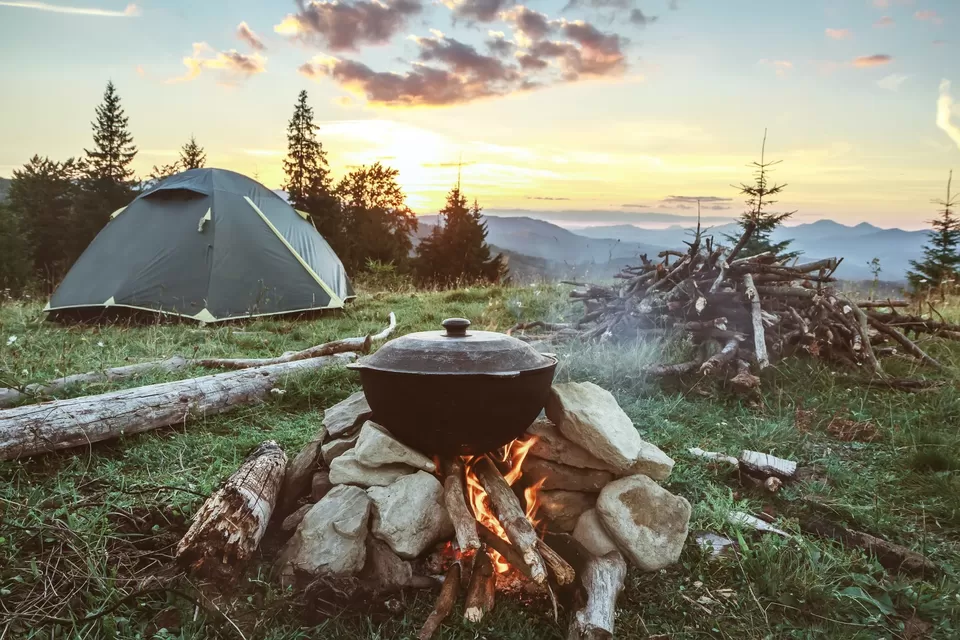
Rangthar: This is a meadow located at an altitude of 3,600 meters in Sainj Valley. It is a good spot to camp and see snow leopards, blue sheep, brown bears, and monals.
Shilt Meadow: This is a meadow located at an altitude of 3,100 meters in Tirthan Valley. It is a good spot to camp and see Himalayan tahr, musk deer, pheasants, and eagles.
Mantalai Lake: This is a glacial lake located at an altitude of 4,100 meters in Parvati Valley. It is a good spot to camp and see langurs, goral, snow partridge, and snowcock.
Also check out: Enthralling Trek to Great Himalayan National park
Some of the information and tips for camping in the park are:
You need to obtain a permit before camping
You need to obtain a permit from the park authorities or the Himalayan Eco-Tourism team before entering the park for camping. The permit fee is the same as for trekking. - You need to hire a guide from the Himalayan Eco-Tourism team who will accompany you throughout your camping trip.
You need to carry your own equipment such as sleeping bags, tents, mattresses, stoves, etc. or rent them from the Himalayan Eco-Tourism team. The equipment rental fee varies from Rs. 100 to Rs. 500 per day per item. - You need to follow the rules and regulations of the park such as not littering, not making noise, not disturbing wildlife, not collecting plants or animals, etc.
Photography:
Photography is another creative and rewarding activity in the park . You can capture the stunning views , the diverse wildlife , the colorful flowers , and the cultural aspects of the park with your camera. Some of the best spots for photography in the park are:
Rakti Sar Lake: This is a glacial lake located at an altitude of 4,200 meters in Jiwa Nal Valley. It is a good spot to photograph the reflections of the snow-capped peaks and the rare species of plants and animals in the lake.
Khirganga Hot Spring: This is a hot spring located at an altitude of 2,950 meters in Parvati Valley. It is a good spot to photograph the contrast of the steamy water and the icy surroundings and the ancient temples and the exotic wildlife near the spring.
Shilt Hut: This is a forest rest house located at an altitude of 3,100 meters in Sainj Valley. It is a good spot to photograph the sunrise and the sunset over the valley and the snow leopards, blue sheep, brown bears, and monals that frequent the area.
The Great Himalayan National Park is a destination that you should not miss if you are a nature lover and an adventure seeker. It is a place where you can witness the beauty and diversity of nature in its purest form.
We hope that this article has provided you with all the information you need to plan your trip to the park and experience its wonders for yourself.
If you have any questions or suggestions about the article or the park, please feel free to share them in the comment section below. We would love to hear from you.
Thank you for reading and happy travelling!

